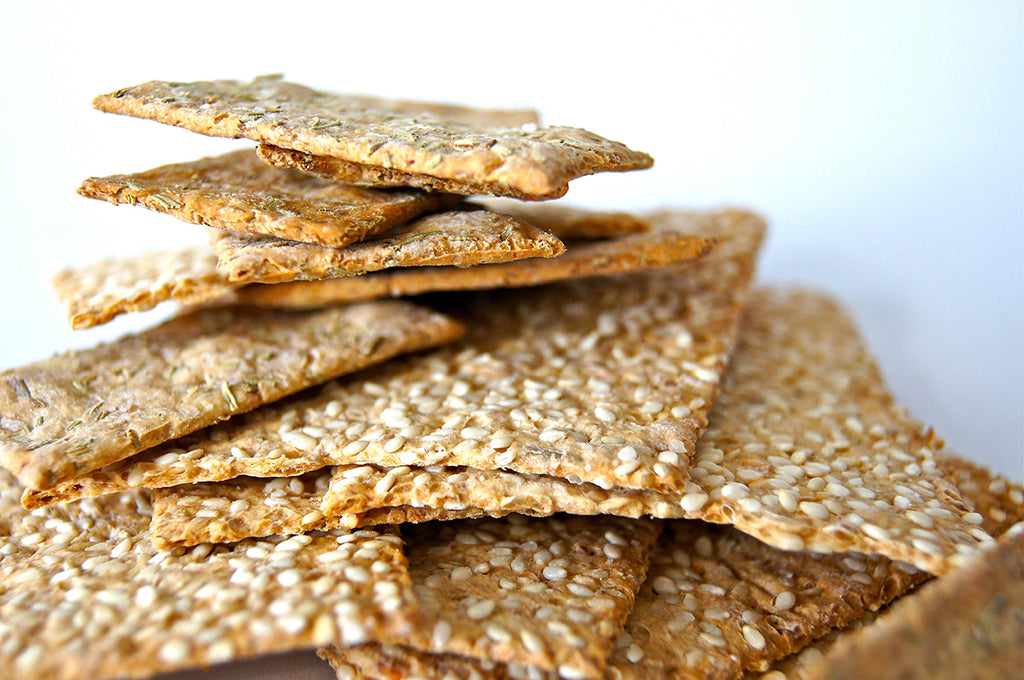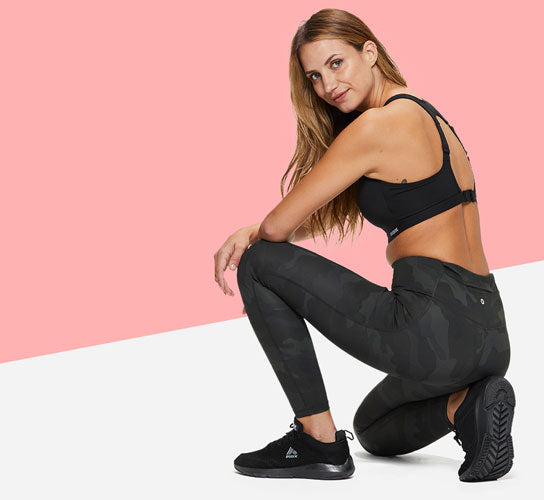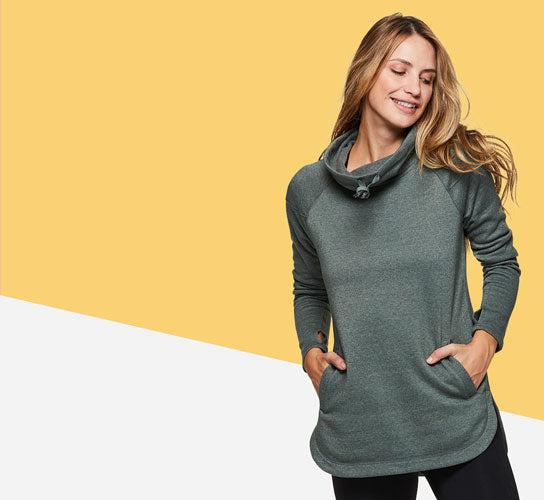
By Ginny Hain, contributing blogger.
Snacking, it turns out, can be pretty controversial. Is it good for you? Bad for waistlines? Studies around the topic are ever-evolving but many nutritionists now suggest that smart snacking may actually be a beneficial tool for both curbing hunger and helping manage weight.1
There's a difference however, between a tasty snack as part of a healthy diet and a bag of chips slammed while watching TV or typing out emails (not that I've done that or anything...). Smart snacking means paying attention to what you're eating as well as why.
To demystify the process, here's a cheat-sheet you can follow including tips for how to address snack cravings, the anatomy of a satisfying snack, and some examples of both make-ahead and (gasp) vending machine options to fulfill your hunger-squelching needs.
- To snack or not to snack?
Smart snacking means being mindful about why you're snacking. Before bee-lining to the fridge or secret candy stash when you're feeling peckish first ask yourself if you're actually hungry or maybe just stressed, dehydrated, craving something sweet, etc. Snacking without being hungry beforehand isn't the worst thing in the world but done regularly, it can lead to increased calorie intake and weight gain over time. The next question to ask is whether you can make it to the next meal or whether a snack is the only thing standing between you and functioning well for the next few hours. Again, if you're not actually very hungry, it's probably better just to wait.
- But what is a good snack anyway?
Ideally, a snack should curb hunger without being too heavy. Aim for between 150 to 250 calories to accomplish this goal. Within those calories, the nutrient make-up to look for is a combination of protein (chicken, yogurt...), fiber (whole grains, veggies...), and healthy fats (tuna, seeds...).2 These can be found in all sorts of crazy-tasty foods. Popcorn for example, is a whole grain and both peanut butter and tuna are packed with healthy fats and protein.
A satiating snack also tends to include something to chew. Liquid snacks like smoothies may seem like perfect nourishment on the go but depending on your body, they may also leave you feeling less fulfilled and more likely to want to eat more. Chewing helps indicate to your body that it's being nourished and in turn, helps with satiation.3 Queue images of healthy veggies and snacks you can take a bite out of!
- OK, but what are these snacks actually?
Figuring out the coding of a healthy snack is one thing, but what does one actually look like? Check out the examples below. Each contains some combination of fiber, protein, and healthy fat, uses healthy ingredients and is sized in appropriate portions. Oh, and they just so happen to taste great as well.
Try...
- A slice of wholegrain toast with a thin spread of almond butter and apple butter
- Homemade popcorn with herbs and spices (approx 2 tablespoons kernels and ½ tablespoon canola oil)
- One medium banana with a tablespoon of peanut butter
- Carrot and celery sticks with a ¼ cup hummus
- One cup fat-free Greek yogurt with blueberries and cinnamon
- One-quarter cup of fruit and nut trail mix
- A small handful of wholegrain crackers with ½ cup tuna
- Chopped apple with one cup Wheaties and ½ cup 2% milk
- I have none of these things, but I do have a vending machine. What now?
We vilify the vending machine as being a bastion of king size Snickers and double-fudge Pop-tarts, but most will also offer something that, if not outright super-healthy, is at least kinda healthy-ish and good in a pinch for satisfying your snacking needs.
Here's a rundown of some solid vending machine potential:
- Sunflower seeds, nuts, or trail mix: While all of these can pack a sizable dose of sodium, each also has enough healthy fats and protein to make it a vending machine star. Watch out for varieties including extra chocolate and flavored nuts (sweet n' salty, honey roasted...), as these can hide extra sugars and calories.
- Fig Newtons: Fig Newtons actually do have fruit in them and unlike a lot of other healthy looking options (I'm looking at you, cheese crackers), they're also free of saturated fats. Most vending machine portions come in around the right number of calories too, at 220 per pack.
- Triscuits: Triscuits have a good amount of fiber and the original version has a super simple ingredient list: whole grain wheat, vegetable oil, and sea salt. While flavored versions are slightly less healthy and have way more ingredients, they're still better than most options you'll find behind the glass.
- Granola bars: Many granola bars are fortified with added nutrients and have whole grains like oats to help curb hunger. If possible, opt for ones with nuts and fruit and note that while they may gives off healthy vibes, most vending machine granola bars also have large amounts of sugar.
- Peanut M&Ms: Yep, these made the list. Because of the peanuts encased in each chocolate coating, peanut M&Ms are still a better choice than a candy bar or honey bun.
Happy Snacking!
References:


